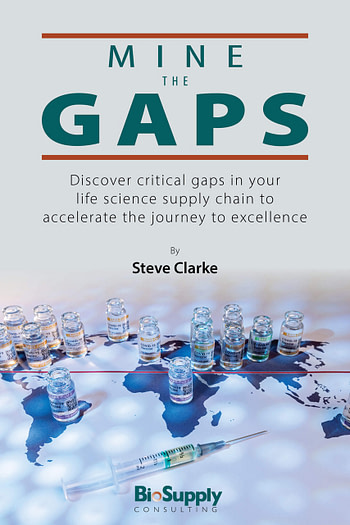Challenge
Although Peter Drucker was correct in saying” you can’t manage what you can’t measure”, that does not mean that you can necessarily “manage what you can measure”, since most measurement systems are a mess!
As the “Reengineering” guru Michael Hammer stated so accurately: “A company’s measurement systems typically deliver a blizzard of nearly meaningless data that quantifies practically everything in sight, no matter how unimportant; that is devoid of any particular rhyme or reason; that is so voluminous as to be unusable; that is delivered so late as to be virtually useless; and that then languishes in printouts and briefing books, without being put to any significant purpose…”
In short, this is a target-rich topic. Here are just 3 challenges that I suspect you will find very familiar:
- Measurement tied to judgment – Measurement associated with judgment creates fear. And with fear, measurement will always be viewed as a negative force.
- Inaction – action is rarely taken when missing the target. Metrics are only as useful as what you do with them. They are not an end, but a means to an end — and that end is a decision.
- Inside-Out orientation – measuring what is convenient versus what is important to the customer
Solution
Based upon my experience here is how to address these challenges:
- Improve, not prove – when measurement is used for the purpose of improvement rather than to make judgments or place blame, and when it is focused on the right measures, its true power is revealed.
- Act – if metrics are not trending in the right direction, then action should be taken. Act means focus on the business process gap and find solutions.
- Listen to the customer – Start with the desired outcome of a specific supply chain (e.g. service levels >98%, and set detailed functional metrics to achieve the desired outcome. If you are unclear on what the customer wants, then find out how they measure you, and adopt those metrics
Results
I have been involved in several metrics-related initiatives at a few life-science companies. Here are some of the results based upon the principles outlined earlier:
Improve, not prove
Developed scorecards to measure the end-to-end supply chain. Before implementation, it was stressed upon the team that the metrics are measuring the health of the processes not your personal performance. The key was not whether a specific metric was below target, but what are we going to do about it. Rather than judging employees, management was required to partner with their employees to develop and execute an action plan. Supply Chain performance improved significantly: on-time delivery, inventory turns, materials costs etc.
Act
At a medical device manufacturer, management had developed a scorecard to monitor the performance of the Quality Management System, to comply with FDA requirements. Unfortunately, whenever an activity is primarily driven to “check a box”, then the bare minimum tends to be done, to pass the next audit.In this case, it was clear that regardless of performance level, there was very little action taken to address any issues. My instruction to them was not to update any more metrics until significant action was taken related to the previous results. Use that time to address the issues identified in the last report. That would be a much better use of time!
Listen to the Customer
Redesigned the order management process at a client, so that on-time delivery versus request date was the primary metric to measure customer service. Previously, there was not a standardized process for capturing this information.To successfully capture delivery data, it was necessary to establish an EDI link with the freight forwarder. However, the incumbent forwarder did not have the necessary capability, so the first step was to select a logistics partner that could support this new requirement.
When we implemented this metric, we estimated that the OTD versus request date was below 50%, and within 3 months it had improved to 93%, since now we had the information required to understand the causes of late shipments, which we quickly acted upon.


